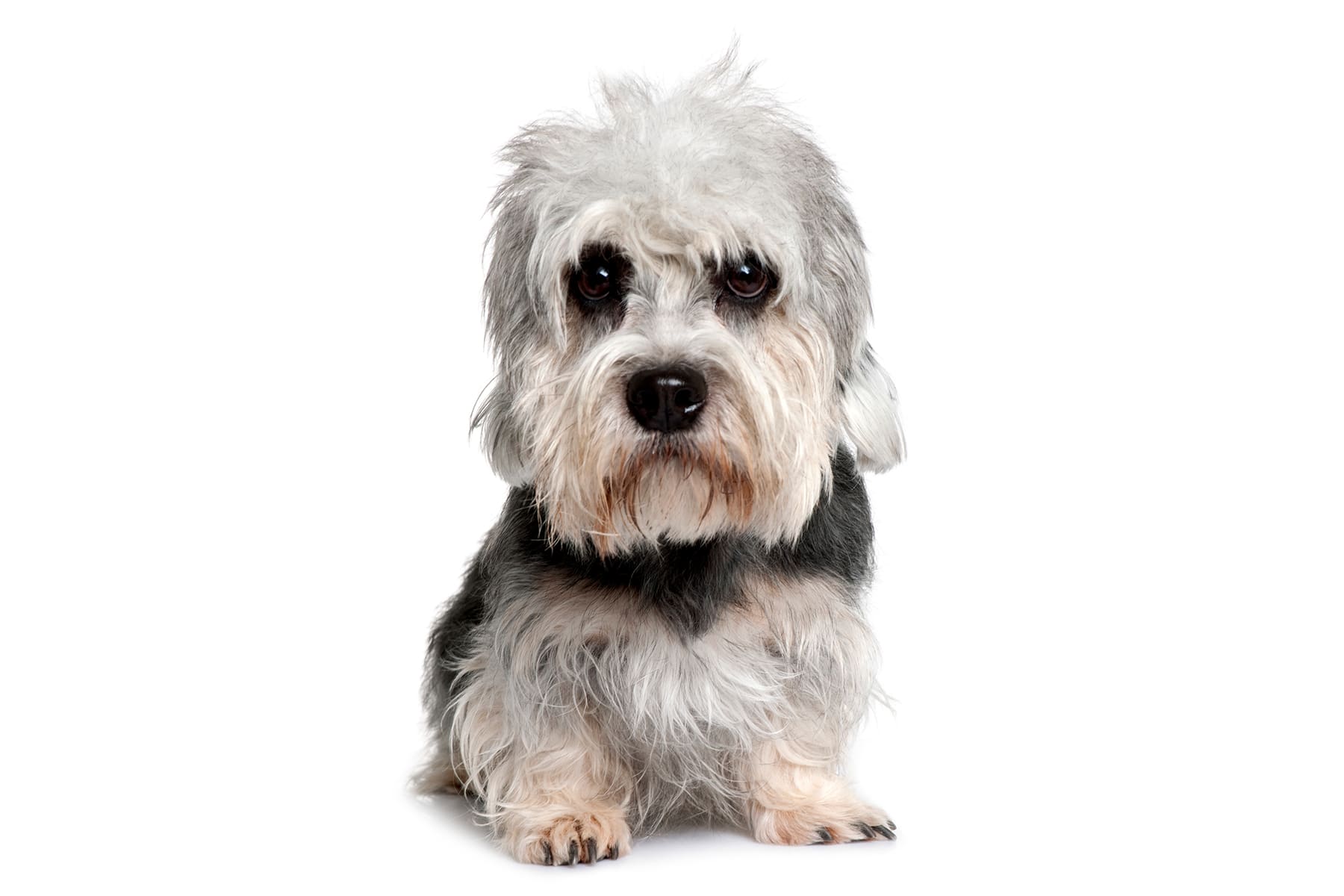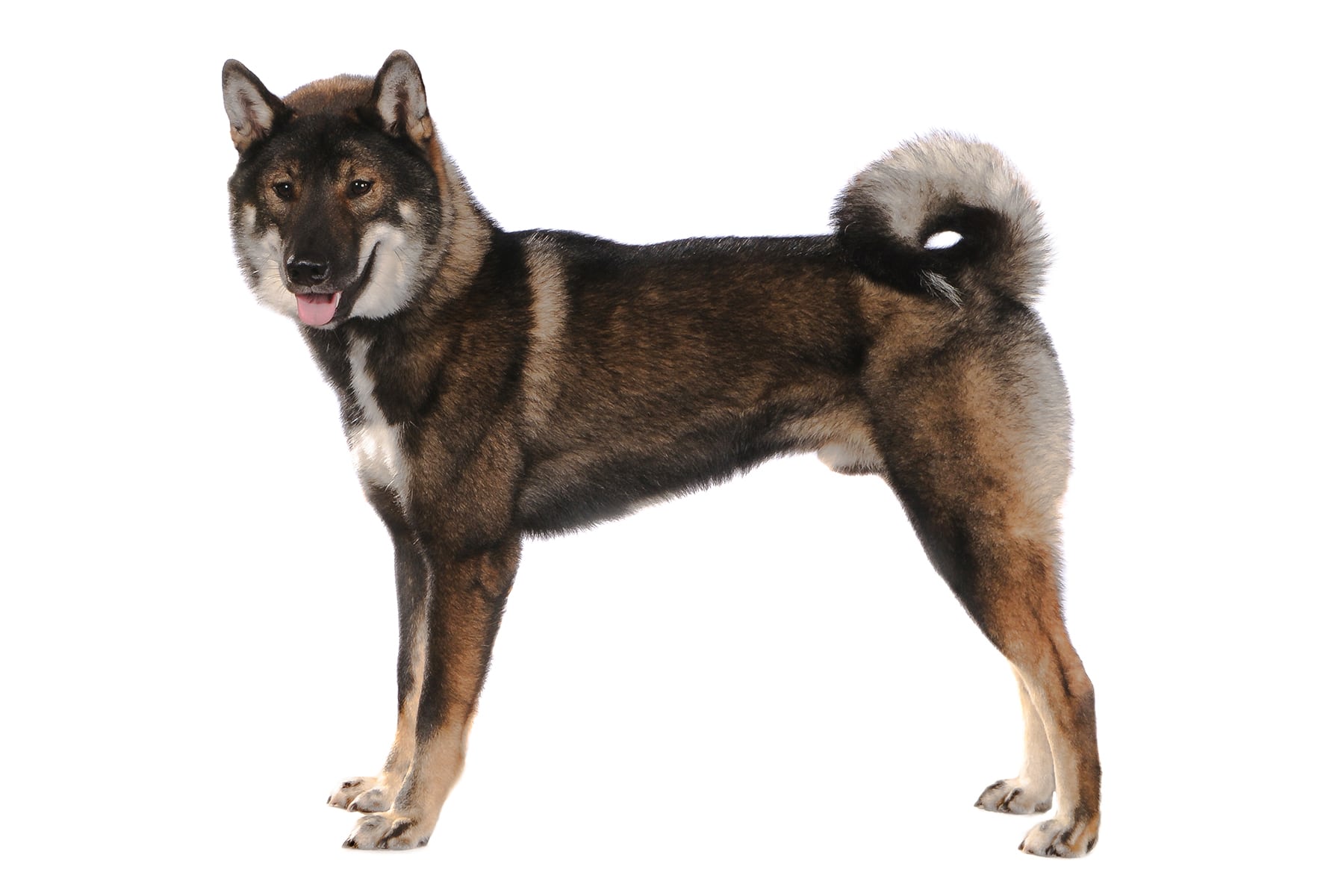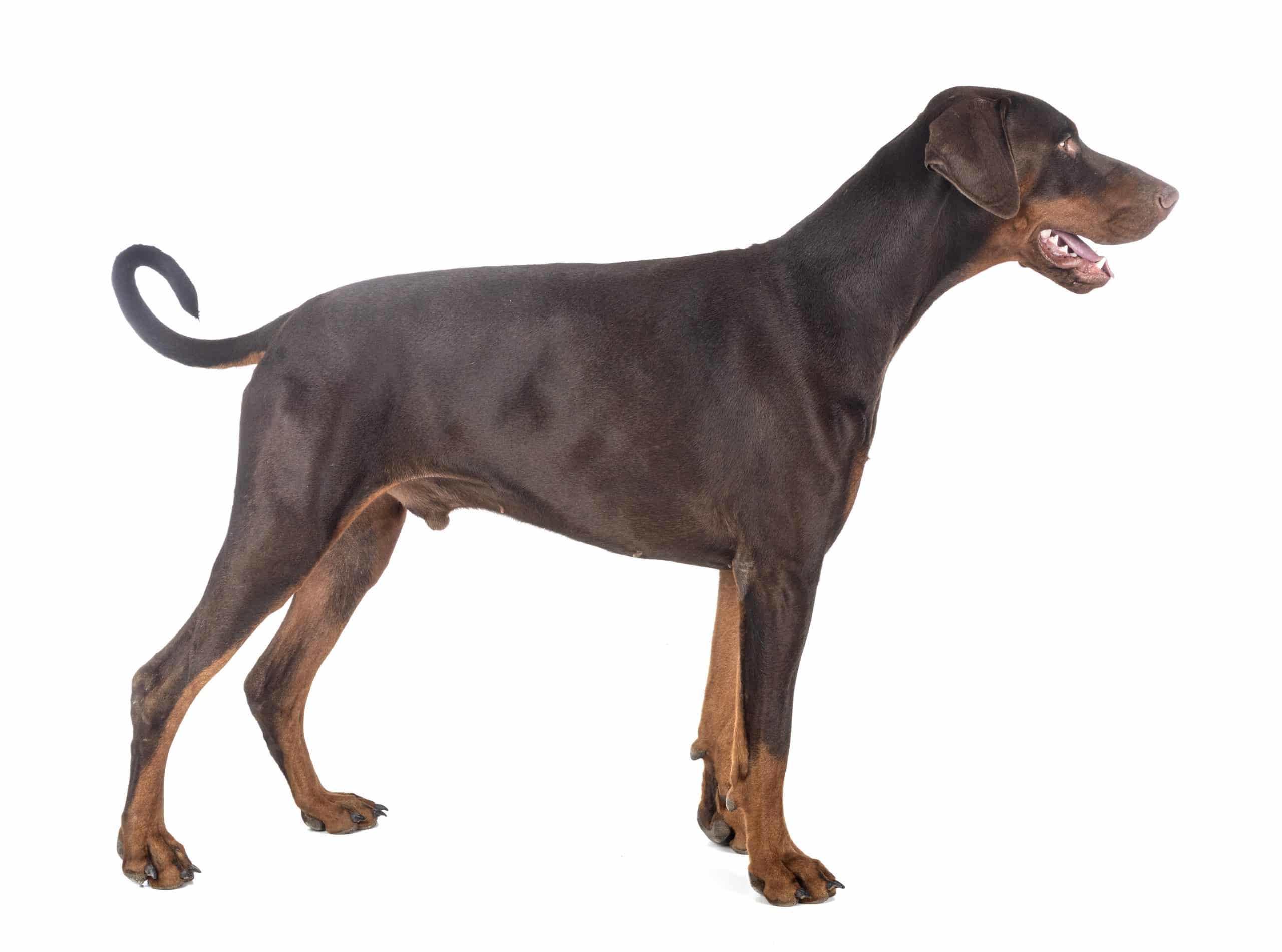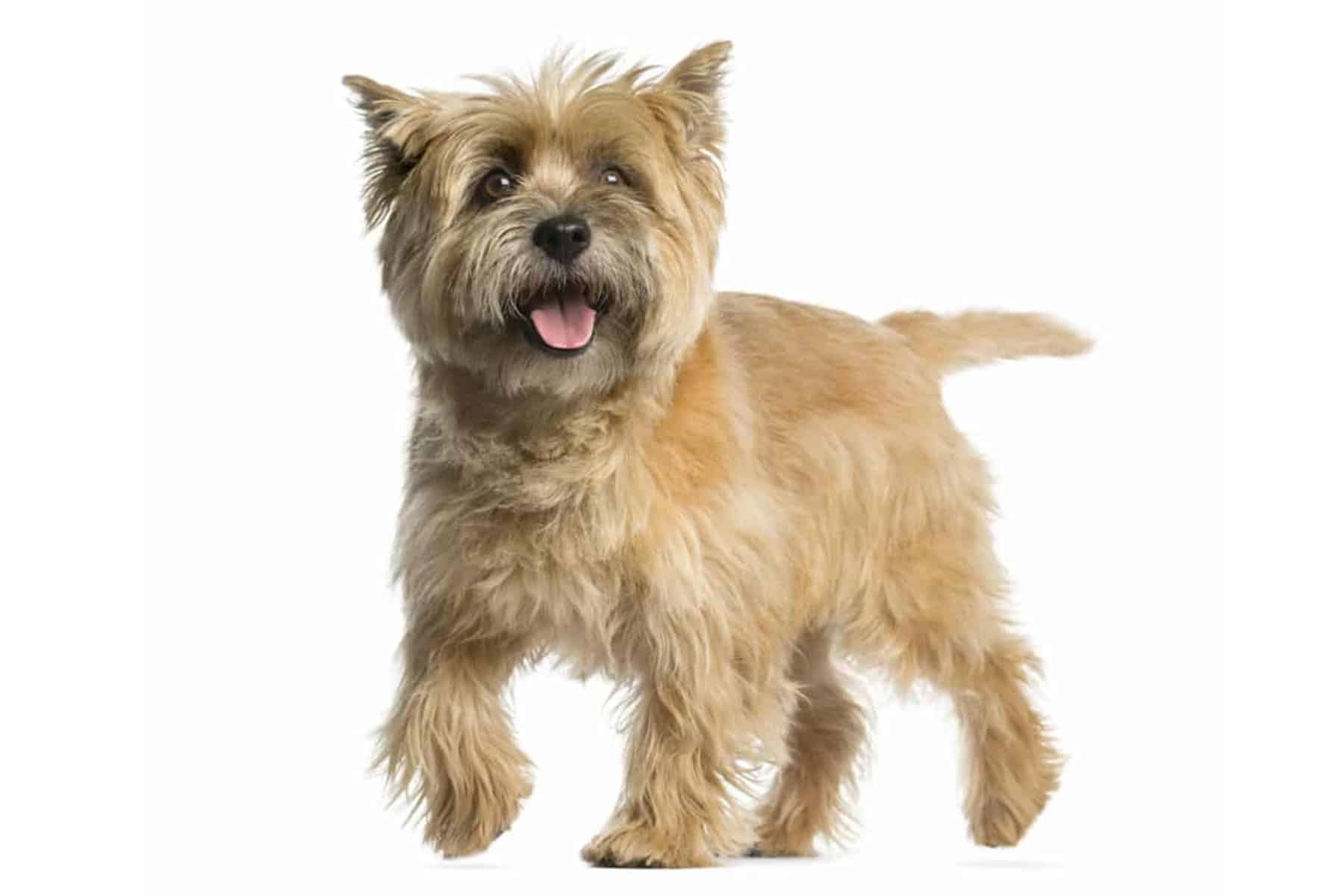Tibetan Mastiff
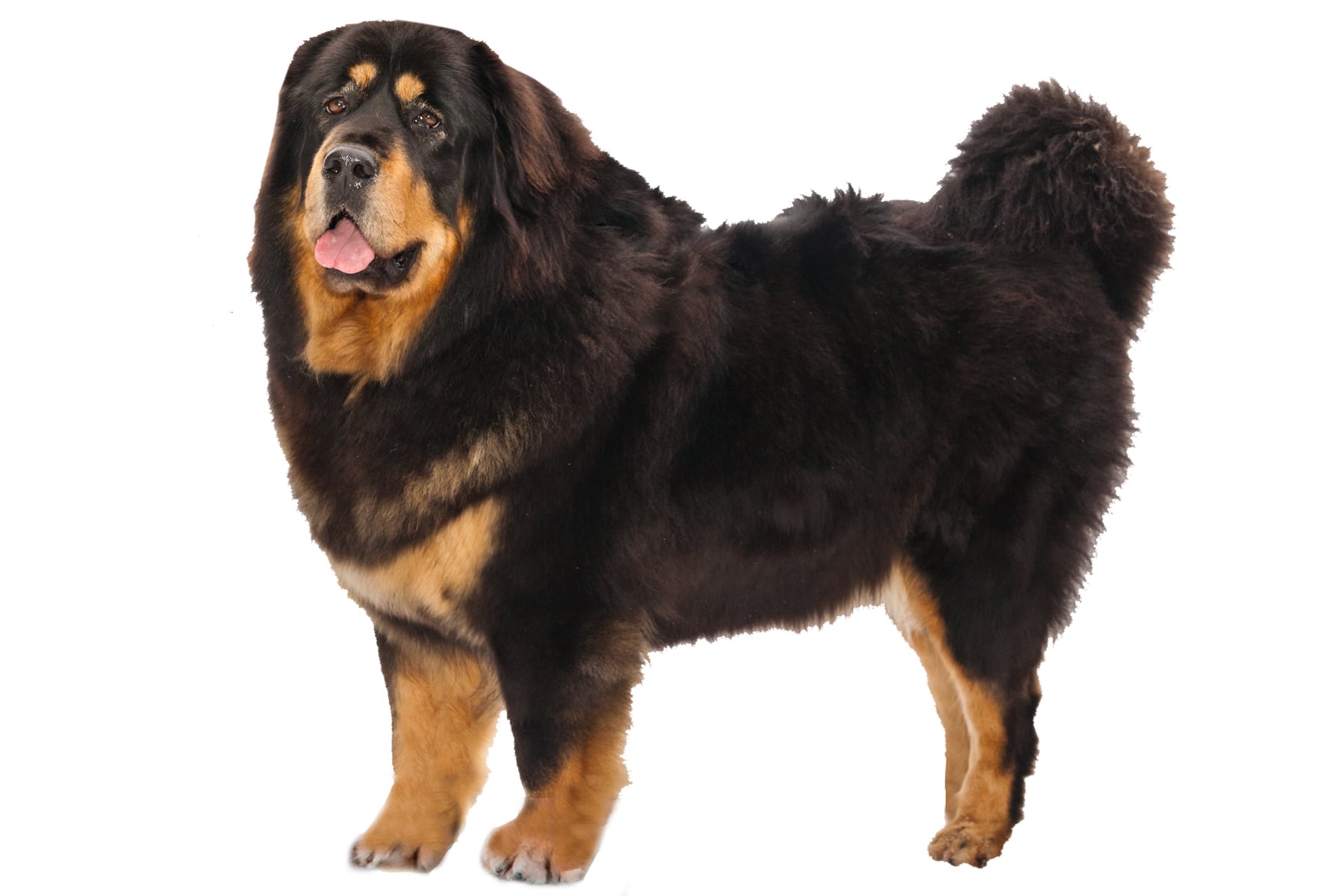
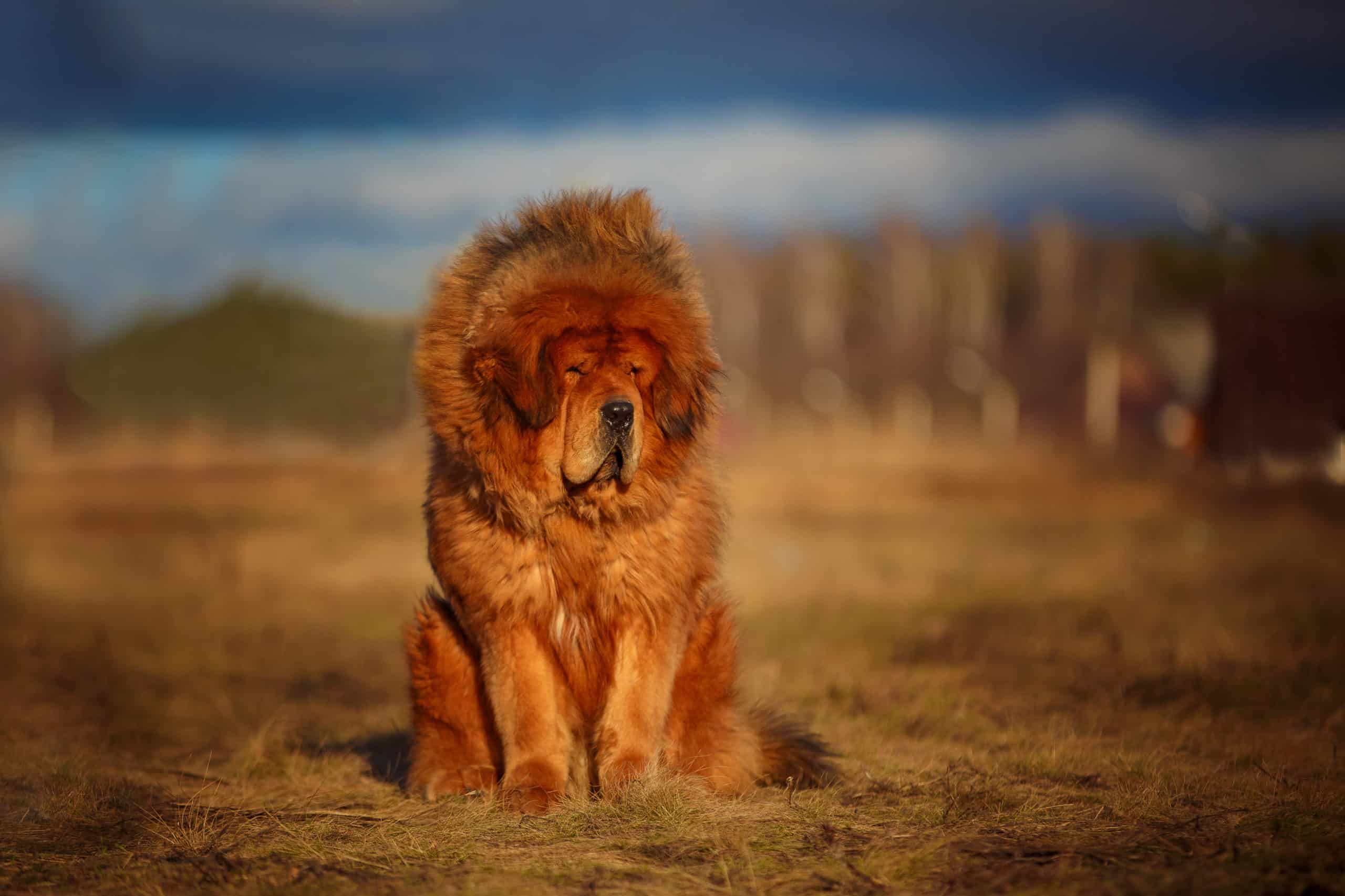
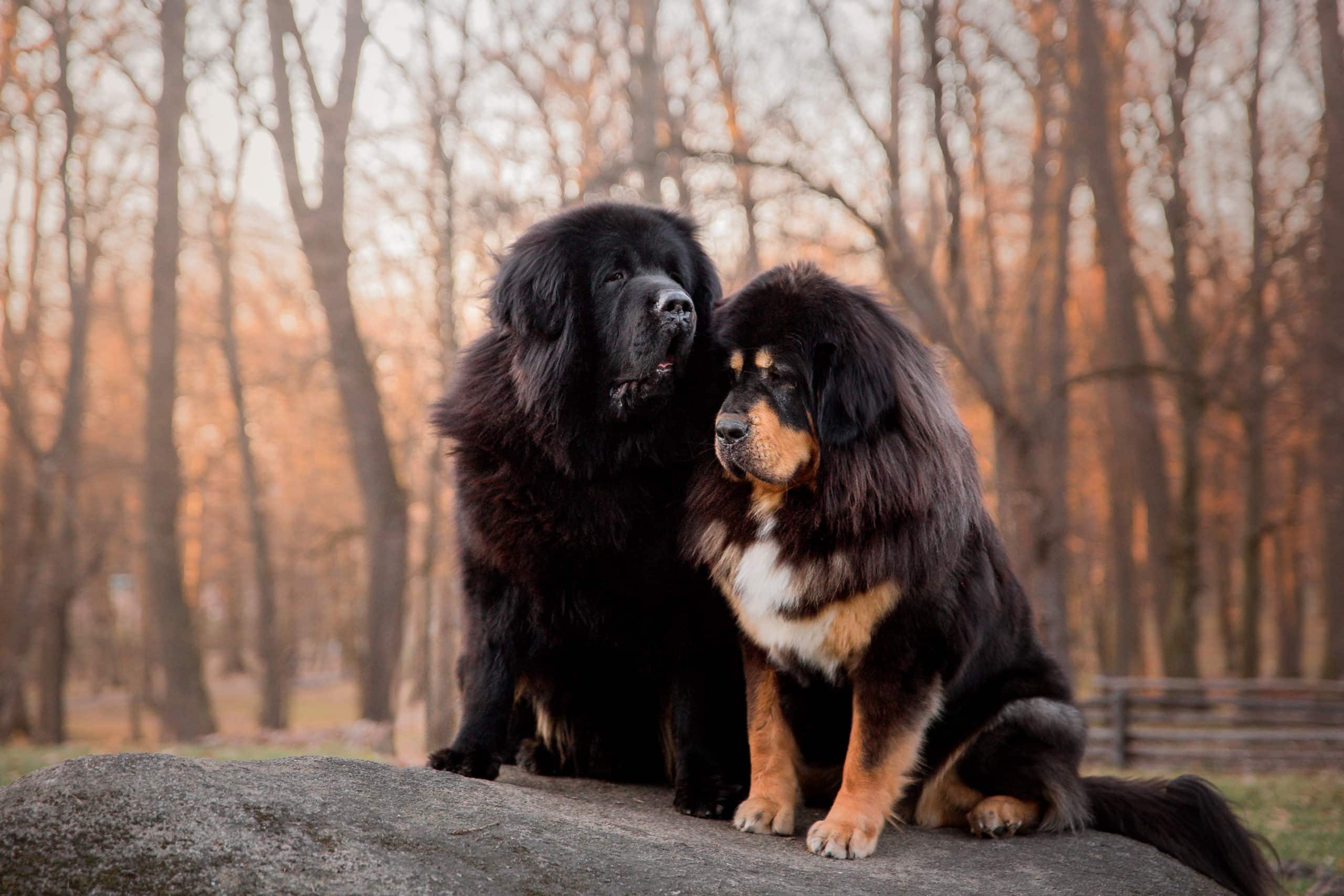

Temperament:
The Tibetan Mastiff is a dog with its own personality. It feels particularly at home with familiar people. He is an alert, loyal and affectionate companion. It needs a family connection. He is therefore not suitable for keeping in a kennel. The self-confident Tibetan is characterized by strength, stamina and strong nerves.
Characteristics
The Tibetan Mastiff is a large Tibetan pedigree dog. It is also known as Do Khyi. Males reach a shoulder height of at least 66 cm, females at least 61 cm. The average weight is around 60 kg.
The Tibetan Mastiff is bred in different colors, solid or brindle. The colors are black, fawn, blue, brown, red or tan. Some dogs may have a small white patch on the chest or white markings on the toes.
The coat of the Tibetan Mastiff is smooth, long and stick-haired. It has a dense undercoat. The change of coat takes place in spring. The top layer of skin is shed. Dandruff forms. If you notice that your dog is shedding, you don't need to worry.
The dog is large and strong, almost square in build. The tail is curled up over the back. The head is broad, the teeth very strong. The sideways hanging ears are relatively small.
The Tibetan Mastiff is a loyal and reliable family dog. It is alert and shows pronounced territorial behavior. It learns quickly, but gets bored easily. The Tibetan Mastiff develops an intimate bond with its owner. His character is rather stubborn. It is not easy to train, so it is not a beginner's dog.
The Tibetan Mastiff doesn't need much exercise or dog sports. It's enough for him to let off steam in the garden. When he is busy, he is quiet in the house.
Coat care:
Shedding:
Energy level:
Trainability:
Children suitable:
The right food
When your Tibetan Mastiff is about six months old, you should switch from puppy food to food for adult dogs. Most breeders provide detailed tips on healthy dog nutrition in advance. Puppy food, which is usually recommended by the breeder, has a higher energy density. This ensures that the puppy grows up quickly and healthily.
After about six months, it is time to reduce the energy density of the food. Despite its size, the DTibetan Mastiff gets by with small portions of food. This is because the Tibetan Mastiff's metabolism has a lower energy requirement than that of other dog breeds. It is very important to ensure that the food is of good quality. Despite the small portions, the Tibetan Mastiff must be provided with all the important vitamins and minerals.
Feeding small portions not only keeps the digestive tract healthy, but also reduces the risk of life-threatening gastric torsion. Rest breaks should therefore be taken after meals.
Health & Care
The Tibetan Mastiff's dense coat needs to be brushed regularly. Normally, once a week is sufficient. Only during the shedding period in spring should you brush your dog daily. During this time, you should also be aware that there is an increased amount of dog fur and dander in your home.
Particularly matted fur can also be treated with a special comb. When grooming, you should also not forget the paws. Fur can often accumulate between the pads. If dirt gets stuck there, it can be very painful for the dog.
You can trim your dog's nails if necessary. If you don't feel confident doing this yourself, your vet or a dog groomer will be happy to help you.
Frequent washing and shampooing is more likely to harm the dog in the long run. You should therefore only do this in exceptional cases.
The ears should be checked regularly and cleaned if necessary. The same applies to the teeth. With a special dog toothpaste, the Tibetan Mastiff will also get used to regular dental care.
Suitable accessories
In any case, the Tibetan Mastiff needs a permanent place to sleep in the house. A large dog mat or a large dog basket in which a mat is placed is suitable for this.
A water bowl and a food bowl are part of the basic equipment, just like for any other dog.
Collar and leash or harness should not be missing.
For grooming, the Tibetan Mastiff needs a good brush and a special anti-felt comb. A mild dog shampoo may be necessary in exceptional cases. A dog toothbrush and cream as well as claw scissors are recommended.
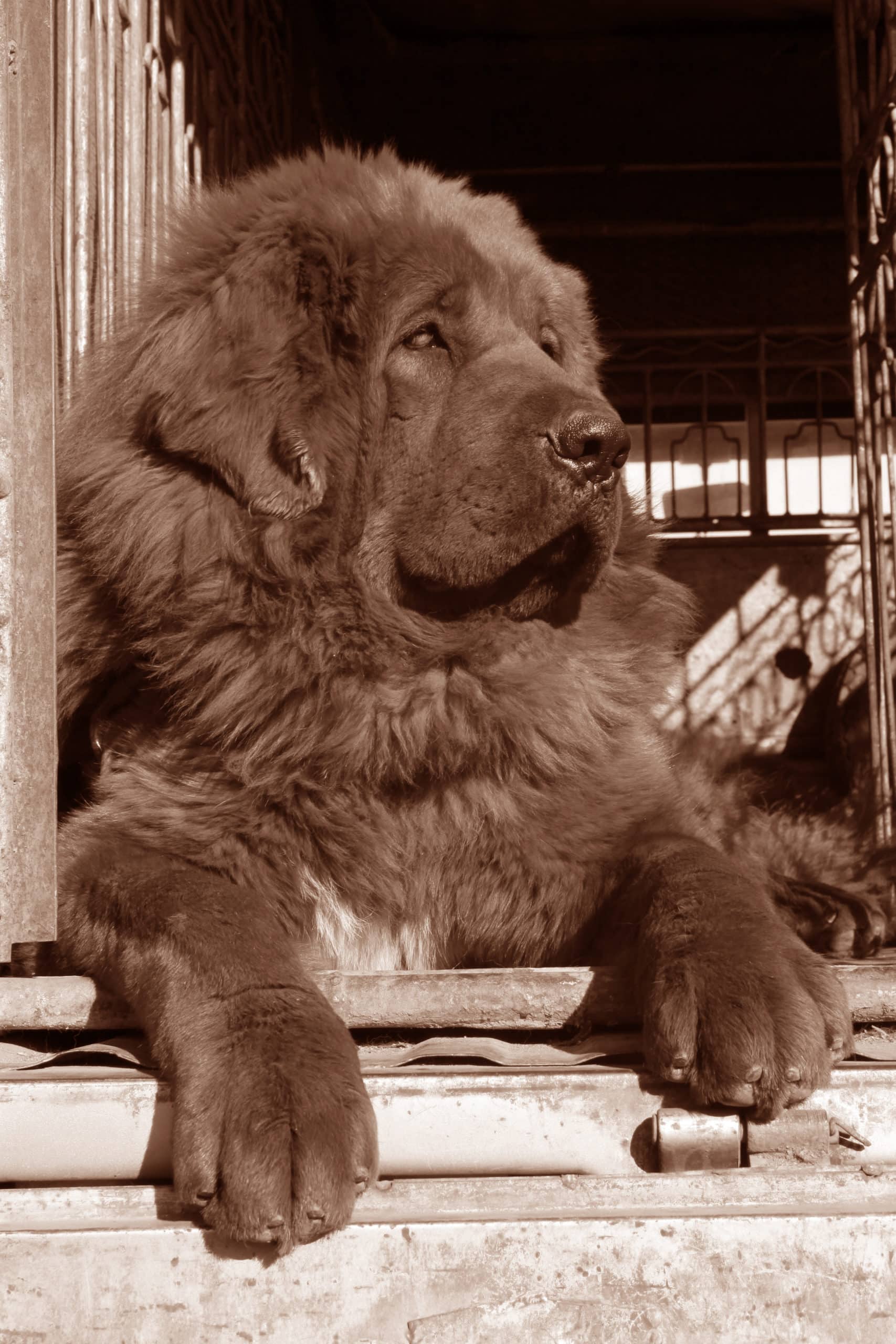
Origin & History
The Tibetan Mastiff is one of the oldest dog breeds in Asia. It originally comes from the Tibetan Himalayas and Trans-Himalayas.
In Tibet, it was mainly used by shepherds as a guard dog to protect herds and caravans. For this purpose, the Tibetan Mastiff was tied to a tree trunk, hence its name. Translated, Do Khyi means "tethered dog".
Marco Polo's travels around 1270 also made this dog breed known in Europe. Numerous legends about the strength and bravery of this dog have also been passed down in Buddhism. These were recorded in thankas and paintings.
Due to the remoteness of the Himalayas, the genes of this dog breed have remained virtually unchanged to this day.
